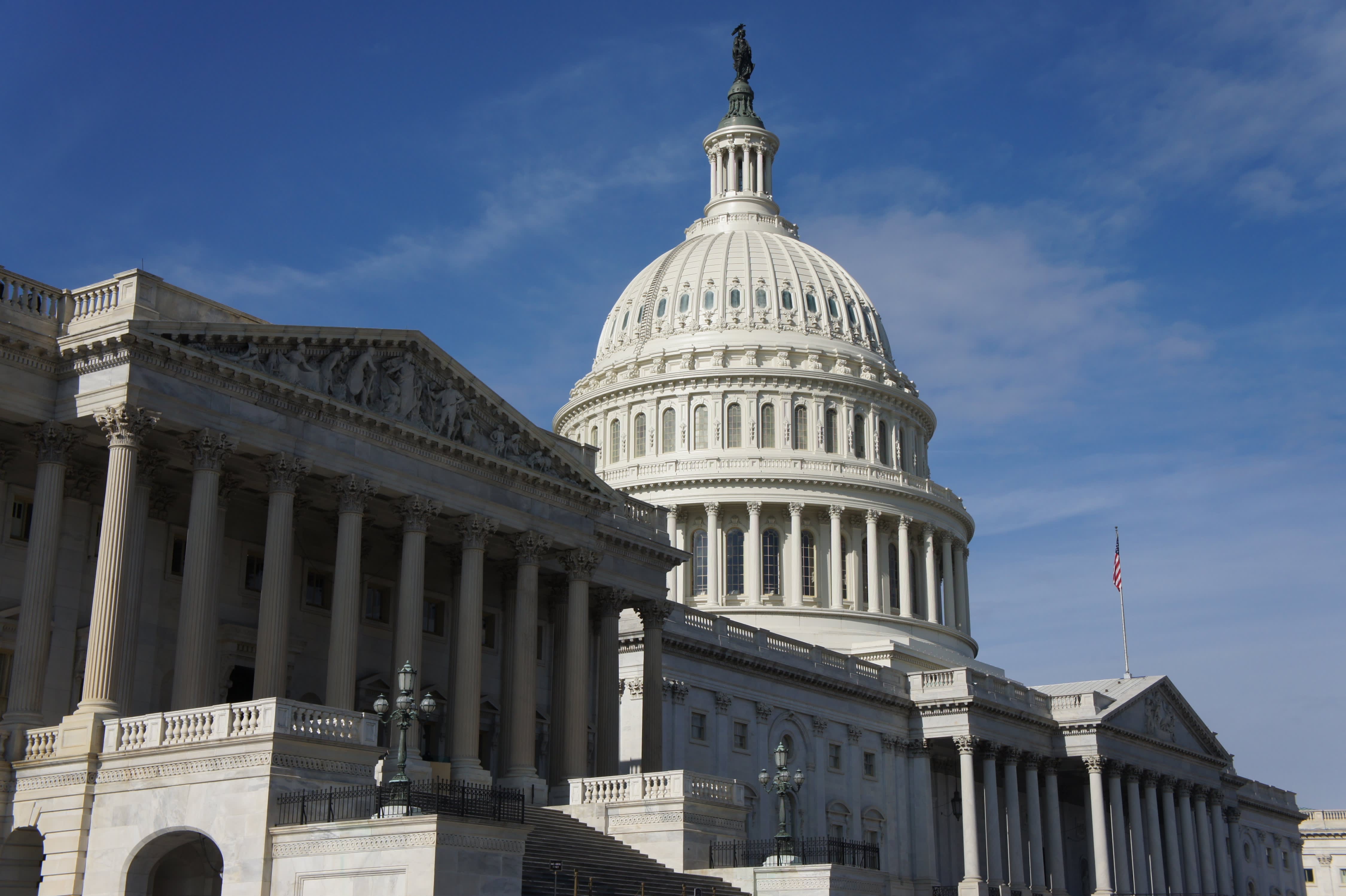A retirement tax strategy favored by the wealthy survived in Democrats’ latest social and climate spending plan, after an earlier version had it on the chopping block.
So-called backdoor Roth strategies are a way for the rich to skirt income and savings limits that apply to Roth individual retirement accounts.
At its simplest, the strategy involves an investor contributing money to a non-Roth account and then converting it to a Roth IRA.
More from Personal Finance:
Joining the ‘Great Resignation’? Here’s how to handle your 401(k)
Where to get the best rates on emergency savings amid rising inflation
3 big ways Democrats’ social plan would expand health coverage
Roth IRAs yield two big benefits for the affluent: Neither investment growth nor account withdrawals are taxable if funds are pulled out after age 59½, and there are no required minimum distributions starting at 72, as there are with traditional retirement accounts.
“The reason rich people do this is they don’t want to pay taxes on their investments,” said Albert Feuer, a tax and employee benefits attorney in Forest Hills, New York. “The fact they don’t have any RMD rules supercharges [the accounts] even further.”
The House Ways and Means Committee proposed ending the loopholes as part of a broad package of reforms to make the tax code fairer and raise money for Democrats’ social and climate agenda (which was then envisioned at up to $3.5 trillion). The Committee passed the measures in September.
However, a $1.75 trillion Build Back Better framework issued Thursday by the White House — the result of months of negotiating between moderate and progressive lawmakers — would keep the loopholes intact.
Until we actually have a law, we can’t be sure what’s going to be in it.Albert Feuertax and employee benefits attorney
The new vision of tax reforms also omits many other retirement measures included in the House package, such as new RMD rules for accounts of more than $10 million.
However, negotiations are ongoing and retirement rules may re-emerge — especially if Democrats add measures that raise the legislation’s total price tag and need to find new funding sources.
Those may include, for example, changes to the current $10,000 cap on a federal tax deduction for state and local taxes.
“Until we actually have a law, we can’t be sure what’s going to be in it,” Feuer cautioned.
Backdoor Roth
Current law disallows any contributions to Roth accounts for single taxpayers whose annual income exceeds $140,000. (The limit is $208,000 for married couples filing a joint tax return.)
However, the law allows higher earners to convert funds in a pre-tax IRA — which doesn’t have an income limit — to a Roth IRA. (They must pay income tax on the converted funds.) Such pre-tax IRAs may hold a substantial sum of money from a 401(k) plan whose funds were rolled over.
(While there isn’t an income limit for contributions to pre-tax IRAs, high earners can’t claim a tax deduction for those contributions beyond a certain income. The threshold varies according to whether the person does or doesn’t have a workplace retirement plan.)
The House tax proposal would have disallowed conversions of IRA and 401(k) funds to a Roth account. It would have applied in 2032, for single taxpayers with taxable income of more than $400,000 or married taxpayers filing jointly with income above $450,000.
Mega backdoor Roth
Current law also allows for a “mega backdoor Roth” strategy to get even more money into a Roth IRA.
IRAs have an annual $6,000 contribution limit. (People over age 50 can put in an extra $1,000 a year.)
But 401(k) and other workplace plans have much higher limits. In certain cases, workers can save up to $58,000 a year (or $64,500 for those over age 50) by making “after-tax” contributions.
Unlike Roth accounts, investment growth in this after-tax savings is taxable. However, wealthy investors generally avoid tax by quickly converting this after-tax money to a Roth IRA — the so-called mega backdoor strategy.
The House tax proposal would have prohibited all after-tax contributions from employees and barred after-tax contributions being converted to a Roth account. The measure would have applied for all income levels starting in 2022.
(Just 1 in 5 of 401(k) plans currently allow for these after-tax contributions, according to the Plan Sponsor Council of America.)
